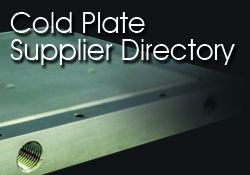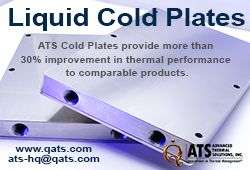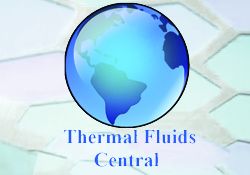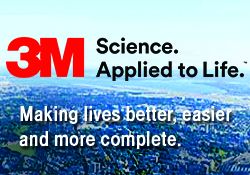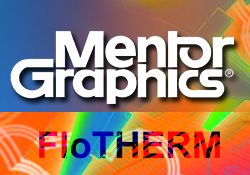Featured
-
What Effect on Heat Pipe Performance Does Using a Copper Nanofluid Concentration Have?
Fluid types used in heat pipes vary based on application, from academic research to a high end, data center server. Copper based nanofluids are one of the choices and for thermal management and they seem like an obvious one given copper\'s excellent thermal conductivity. The filling ratio, copper particle size and concentration all have an effect on the efficiency. Research performed by a... details>> -
Spreading Thermal Resistance; Its Definition and Control
One of the basic concepts of electronics cooling is effective transfer of heat from semiconductor devices to the ambient using heat sinks or other cooling technologies. The effectiveness of this approach depends on a system's total thermal resistance, which is composed of discrete thermal resistances on the path of heat from the source to the ambient. One of these resistances is spreading... details>> -
Calculating Load for Liquid Cooling Systems
This article presents basic equations for liquid cooling and provides numerical examples on how to calculate the loads in a typical liquid cooling system. When exploring the use of liquid cooling for thermal management, calculations are needed to predict its performance. While it is often assumed that a liquid coolant itself dissipates heat from a component to the ambient, this is not the case. A... details>> -
Heat Spreading with Copper, Silicon and Heat Pipes
Power dissipation is a drastic issue to be tackled due to the continued integration, miniaturization, compacting and lightening of electronics systems [1]. Heat spreaders are not only chosen for their thermal performance; other design parameters include weight, cost and reliability. Depending on the application, different priorities will influence the design parameters. For example, weight and... details>> -
General Methods for Measuring Thermal Conductivity
This article provides an overview of the principal methods for measuring thermal conductivity, particularly in electronics thermal management. Designing successful electronics cooling solutions requires an accurate knowledge of the thermal and mechanical properties of the various materials involved. These materials include silicon, copper, aluminum, fiberglass, epoxies, plastic resins and... details>> -
Thermoelectric Peltier Cooling
Discovered in 1834, the Peltier effect describes what happens when a voltage is applied to a thermocouple between different metals: a temperature difference results between the two sides. Today, thousands of applications use thermoelectric modules as cooling or heating devices. The Peltier effect is the basis of thermoelectric cooling (TEC) designs, including those used for electronics thermal... details>> -
Get Your Heat Sink Attachment Right By Choosing the Best Option
Heat sink attachment varies from epoxy to clips. Each option holds its own benefits and cautions. With such a wide array available, which should you choose? Our handy article helps you do just that, make a smart choice to properly attach a heat sink in your next project. details>> -
Multi-Chip Module Thermal Management
This article discusses three thermal management techniques used to cool a MCM: a thermal conduction module with Direct Solder Attach Cooling (DiSAC), a dual layer thermal interface (TIM) thermal design, and a MCM design with Small Gap Technology (SGT) and a hermetic seal. details>> -
How Wicks and Orientation Affect Heat Pipe Performance
A heat pipe is a device with very high thermal conductance that can transport large quantities of heat with small temperature difference between its hot and cold ends. It is normally used to transport heat from one area to another orto smooth the temperature distribution on a solid surface. Heat pipes are widely used in aerospace applications, military devices, temperature control systems, and... details>> -
Fundamentals of Infrared Temperature Measurement
The advantages of infrared thermometry play an important role in thermal management. Consider the need to measure the temperature of an object without disturbing it. Contact might damage or destroy the object, change its temperature by altering its heat transfer characteristic, or cause contamination. The object might be moving or inaccessible. These are prime conditions for using infrared... details>>



